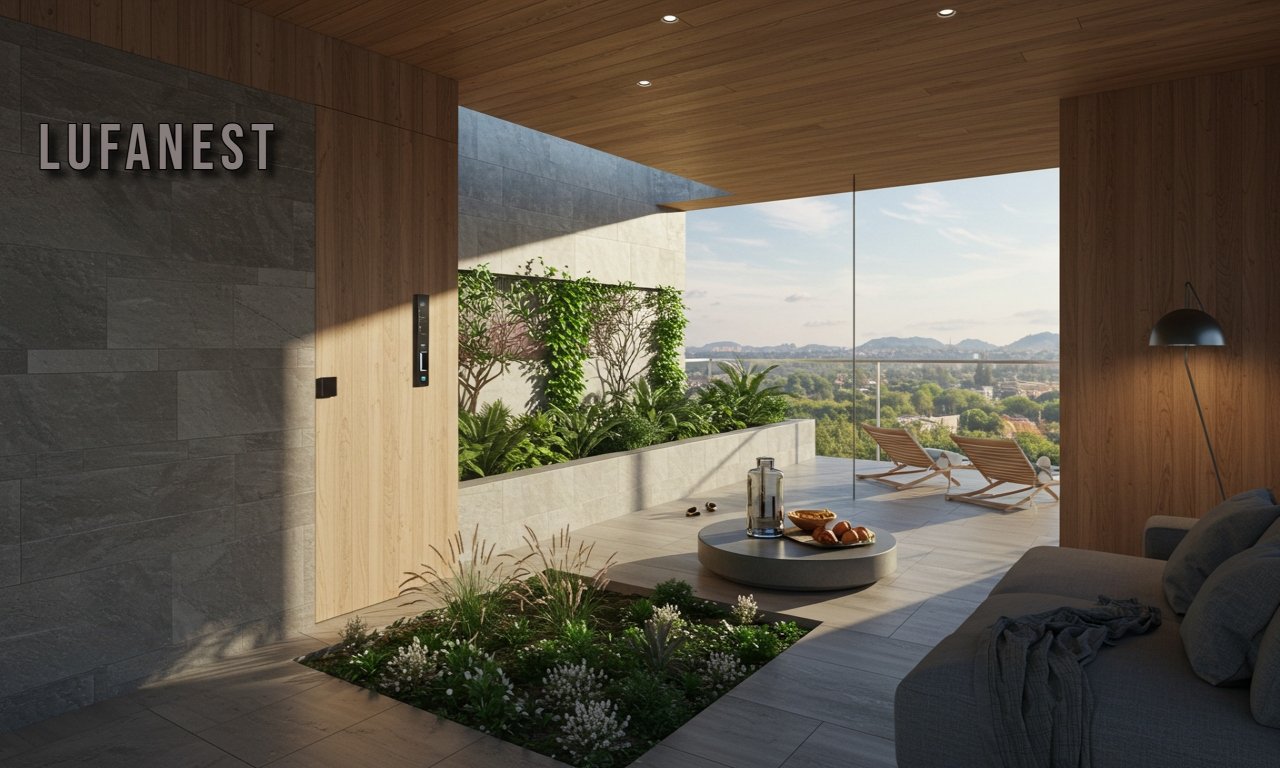In a rapidly evolving world where technology and creativity intersect, lufanest has emerged as a fascinating concept that blends innovation with modern design principles. While still relatively new in the broader landscape, it embodies forward-thinking approaches, emphasizing sustainability, adaptability, and user-centered experiences. Businesses, designers, and innovators are beginning to recognize lufanest as a pathway to shaping smarter, greener, and more efficient environments.
This comprehensive guide delves deep into the meaning, applications, and future of lufanest, uncovering how it is influencing industries and inspiring transformative ideas.
History of lufanest
The origins of lufanest lie in the drive to create solutions that bridge gaps between traditional design and emerging technologies. Early concepts were focused on functionality, but as innovation advanced, it grew into something more holistic—integrating technology, user comfort, and sustainability. Like many design philosophies, lufanest has drawn inspiration from both nature and modern engineering, creating a unique fusion that continues to evolve.
You Might Also Like: Sodiceram
Meaning and interpretation of lufanest
The word lufanest symbolizes lightness, air, and comfort—qualities central to its philosophy. It represents spaces and systems that feel open, breathable, and adaptive. In practical terms, lufanest is often associated with creating solutions that reduce clutter, enhance efficiency, and foster well-being. Whether in product design, architecture, or technology, the interpretation remains consistent: balance between innovation and harmony.
Core principles of lufanest
At its heart, lufanest relies on a few guiding principles:
- Sustainability – Prioritizing renewable resources and eco-friendly methods.
- Adaptability – Designs that evolve with changing needs.
- User-centeredness – Prioritizing comfort, usability, and aesthetics.
- Integration – Merging technology seamlessly with natural elements.
These values set it apart as more than just a design trend—it’s a philosophy.
Applications of lufanest in architecture
Architecture has perhaps embraced lufanest most fully. Designers are creating homes, offices, and public spaces that maximize light, airflow, and sustainability. Key examples include:
- Buildings with natural ventilation systems.
- Modular housing that adapts to different environments.
- Urban spaces designed to reduce energy consumption.
Lufanest architecture doesn’t just look beautiful; it enhances the quality of life for its occupants.
Lufanest in product design
From furniture to electronics, lufanest principles are transforming everyday objects. Products designed under this approach tend to be lightweight, multifunctional, and eco-conscious. For example, a lufanest-inspired chair may use recycled materials, have modular parts, and still maintain sleek aesthetics. This approach reflects the growing demand for responsible consumer products.
Technology and lufanest
Innovation is inseparable from technology, and lufanest finds strong expression here. Smart devices and AI-driven systems designed with this philosophy prioritize simplicity, accessibility, and harmony with human needs. Instead of overwhelming users with complexity, they streamline processes, reduce waste, and improve efficiency.
Sustainability in lufanest
One of the defining strengths of lufanest is its commitment to sustainability. By promoting the use of renewable materials, reducing carbon footprints, and encouraging recycling, it contributes to global climate goals. Businesses adopting this approach often find themselves more aligned with eco-conscious consumers and regulations.
Global influence of lufanest
The philosophy has gained traction across continents. European architecture highlights its eco-friendly aspects, Asian design draws from minimalism and adaptability, while North America emphasizes its integration with technology. The global adoption shows that lufanest is not just a niche idea but a universal approach to progress.
Comparing lufanest with traditional design
| Aspect | Lufanest | Traditional Design |
| Focus | Sustainability & innovation | Functionality & form |
| Materials | Renewable, recycled | Concrete, plastic, steel |
| Aesthetic | Light, airy, minimal | Often heavier and ornamental |
| Adaptability | Highly flexible | Fixed and rigid |
The comparison highlights why lufanest resonates in today’s changing world.
Lufanest in interior spaces
Inside homes and offices, lufanest prioritizes openness and functionality. Spaces are decluttered, natural light is maximized, and furniture is versatile. For workplaces, this design philosophy can improve productivity and employee satisfaction by creating healthier, more inspiring environments.
Challenges in adopting lufanest
Like any emerging philosophy, lufanest faces challenges:
- Limited awareness among mainstream industries.
- Higher initial costs of sustainable materials.
- Resistance to changing traditional practices.
Yet, as consumer demand shifts and technology advances, these barriers are gradually breaking down.
Innovations inspired by lufanest
Several cutting-edge innovations align with lufanest principles:
- Smart homes using natural energy flow.
- Biodegradable packaging solutions.
- Modular products designed for longevity.
These show the wide applicability of the philosophy beyond just architecture.
Future of lufanest
The future promises exciting developments. As industries continue to prioritize eco-friendly and adaptive solutions, lufanest could become a standard practice in design and innovation. Expect to see it influencing green cities, sustainable transport, and even wearable technology.
Conclusion
Lufanest is more than a passing design concept—it is a vision of the future. It merges sustainability, adaptability, and user-centeredness into a unified philosophy that can transform industries. Whether shaping buildings, products, or technologies, its principles resonate with the growing call for responsible innovation. By embracing lufanest, businesses and individuals can not only enhance efficiency and beauty but also contribute to a greener, smarter world.
FAQs
What does lufanest mean?
It represents lightness, adaptability, and sustainability in design.
Where is lufanest most commonly applied?
It is widely used in architecture, product design, and technology.
Is lufanest sustainable?
Yes, sustainability is one of its core principles, emphasizing renewable resources and eco-conscious practices.
How is lufanest different from traditional design?
It prioritizes openness, adaptability, and eco-friendliness, unlike traditional rigid designs.
Can businesses benefit from adopting lufanest?
Absolutely. It enhances brand image, meets regulatory demands, and attracts eco-conscious customers.
What is the future of lufanest?
It is expected to play a major role in green cities, smart homes, and sustainable innovations.

